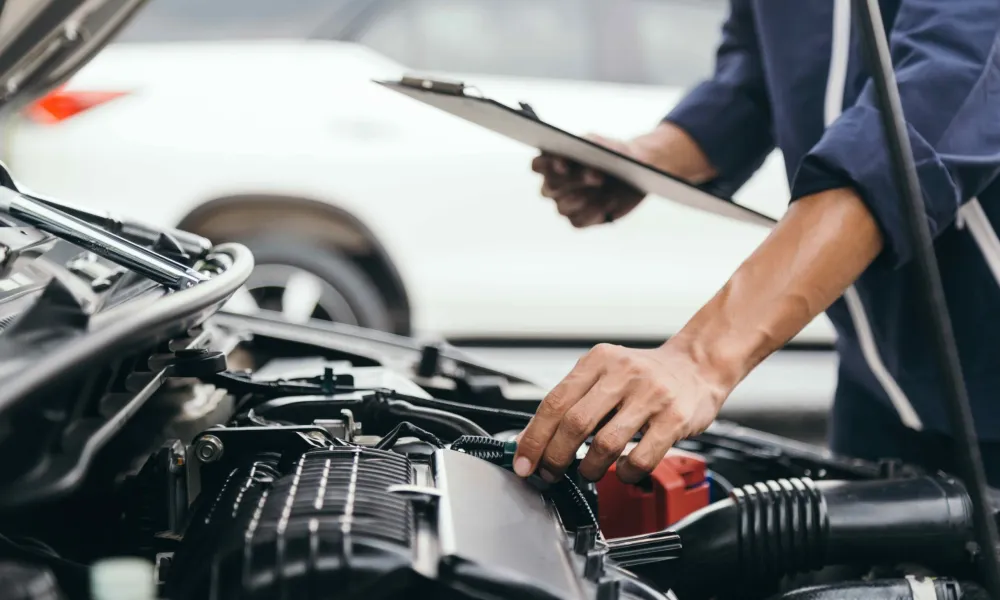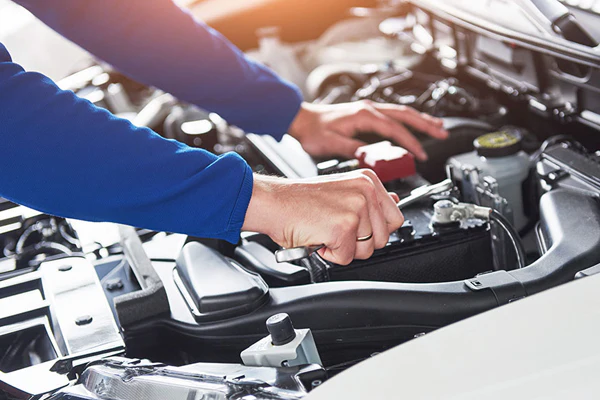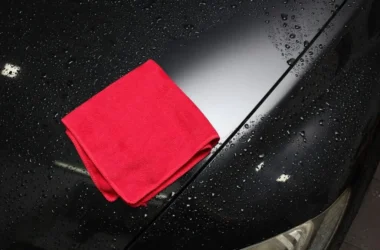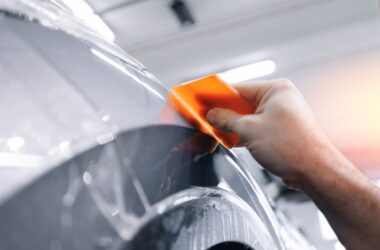Backup lights must comply with laws to pass vehicle inspections. They are essential to vehicle safety. Vehicle inspections often include backup light compliance. Professional advice on backup light requirements can help auto owners and repair businesses keep their cars safe and legal. This article discusses backup light compliance and how specialists audit these systems to ensure compliance.
Understanding Backup Light Regulations
Although country and region-specific rules for backup lights differ, they usually include requirements for the lights’ alignment, brightness, and operation. For instance, when reversing in poor light, the backup lights need to be bright enough to provide sufficient sight. To guarantee that backup lights provide enough illumination for the driver and other road users, rules in many locations set a minimum luminous intensity. Correct placement of backup lights is also necessary to prevent glare or blinding other drivers.
Importance of Proper Backup Light Functionality
A car’s backup lights must be completely functional in order to pass an inspection. Non-compliance may result from malfunctions like burned-out light bulbs, broken wiring, or problems with the light switch. Additionally, an inspection failure may occur if the backup lights are not activated when the vehicle is in reverse or do not illuminate correctly. During routine maintenance, mechanics should thoroughly inspect the backup light system to make sure all of the parts are operating as intended.
Ensuring Compliance with Advanced Lighting Systems
Advanced lighting systems, such as LED and adaptive backup lights, are becoming more and more common in modern cars. Additional regulatory criteria apply to these systems, and maintaining compliance can be more difficult. Understanding the subtleties of these technologies requires professional assistance because they may have particular needs for alignment, brightness, and connection with other safety systems. For instance, LED backup lights need to adhere to specific lifespan and energy efficiency requirements. For expert diagnosis and repair of your vehicle’s advanced lighting systems, including LED and adaptive backup lights, contact Auto Repair in Port Charlotte, FL.
Preparing for Inspection: Key Considerations
Check the backup light system before taking a car for an inspection. Check the lights’ alignment, functionality, and bulbs. Repairmen should also check for broken switches, relays, or wiring issues that could be affecting the backup lights. Modern technology requires that lights in cars with advanced backup lighting systems meet tight standards.
Conclusion
Vehicle inspections must include backup light compliance in order to guarantee both safety and legal compliance. With professional help, vehicle owners and repair shops can better understand the legal requirements for backup lights, ensuring proper alignment, brightness, and performance. By staying informed and doing thorough tests before to the inspection, car owners can make sure that their backup light systems fulfil all regulations and that the inspection process is safe and easy.


















